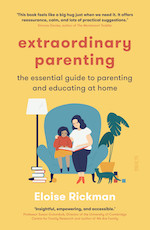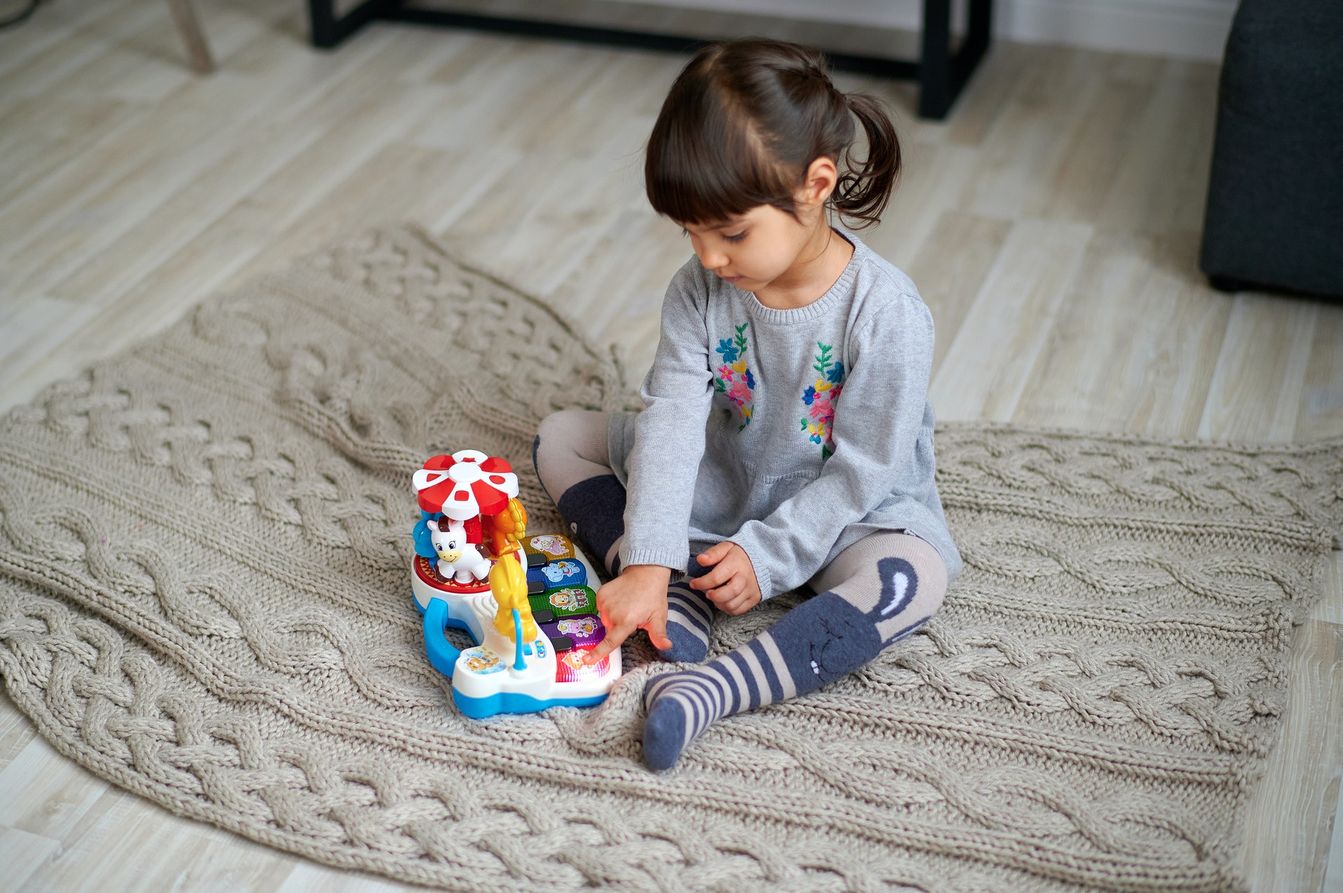Here are some tried and tested tips for encouraging children to play a little longer on their own.
Not only do we want those wonderful benefits that come from true self-directed play for our children, but we also would quite like them to play without us for a little while so that we can work, read, catch up on chores or drink a hot tea.
Give your child lots of quality time with you if you want them to play alone.
It might sound counterintuitive, but I have found that children play much better once they have had some one-on-one time, and they feel safe and content in their attachment. This is probably the most important thing you can do if you’d like your child to be able to play alone. I have certainly noticed this with my daughter Frida: She is far more likely to play alone for a significant period of time if we have been reading together or playing together first. It’s like her reserves have been built up, ready for her to spend some time without much interaction from me. I know how frustrating it can feel when you just need half an hour to get something done and you really need your child to play alone, but I promise they are far more likely to do so if you can give them your undivided attention for a while first.
Provide time for unstructured play and exploration, and build it into your daily rhythm.
Building copious time for free play into your daily rhythm from when your child is still a baby will lay the foundations for a habit of play. Equally, it’s important to have realistic expectations, and remember that all children are different. Some babies might not spend more than 10 minutes at a time occupying themselves, whereas some will lie for a good 45 minutes trying to roll or reach a toy. It’s the same with children of all ages. I’ve met two-and-a-half-year-olds who can play for an hour by themselves, and six-year-olds who can’t sit alone for more than 10 minutes. Some children will naturally find it much easier to play alone, and some find it much harder and need more parental involvement. It’s the same for feeling comfortable playing when parents are out of the room. All children will have different needs and will play in different ways! Consistency and patience will help with building the habit of independent play.
While they are playing, stay close but busy.
This helps children feel safe and connected—if you’re nearby, they don’t have to break their play to come and seek you out—without you distracting them. Reading, knitting, catching up on some nearby chores, journalling, mending holes in clothes, sorting laundry, sitting quietly with a tea—all of these things work well for holding space for children’s play, and of course if you need to work then by all means pull your computer out (but be prepared for this to perhaps be a little more distracting for your children at the beginning until the rhythm is established).
Provide toys and materials which spark their imaginations.
I’m a huge advocate of open-ended toys; toys with the potential to spark a child’s imagination, and which entice the child to pick them up and play with them. A few simple toys are likely to see your child play far more deeply than toys which have done all the imagining for them. For babies, think mobiles, simple grasping toys made from natural materials and mirrors to watch themselves. Young toddlers who are yet to play imaginatively may enjoy items such as treasure baskets, jars to open and close, stacking cups and simple puzzles. I also love “loose parts” for children to play, build and tinker with (age-appropriate, of course). One of Frida’s most used and beloved possessions as a toddler was a basket filled with pieces of wood, conkers/horse chestnuts, cheap semi-precious stones I bought from the Natural History Museum and pebbles. She used these all the time and they became different things every day. Even now, she always has a “treasure basket” out and available. These loose parts encourage so much creativity, even more so than many toys.
Respect their play.
If we want our children to learn to value their play, then we must show them that we value their play. If your child is happily playing, think carefully about whether you need to disturb them. Do they need to eat right now or could you wait 10 minutes? Could you change their nappy once they are finished? Can you hold off on bedtime just until they’re done with the book they’re reading? By interrupting our children mid-flow, we teach them that their play is not valuable. When you extend to your children the same courtesy you would show another adult who was immersed in a task, perhaps warning them that they will be needed soon and giving them a chance to wrap up what they are working on, you show your children that their play matters.
With this in mind, rethink what play “should” look like.
Clue: it’s not always sitting on the floor playing quietly with trains or dolls. Play might be loud or active or messy. It might look like climbing on furniture, or dancing, or painstakingly taking everything out of a bag and putting it back again five times in a row. As long as children are in that magical state of flow, it’s play.
Limit screentime.
I have found both personally and professionally that there is often a positive link between limiting screentime and increasing independent play. I certainly don’t think families need to ban screens altogether—they can be wonderful tools for learning and fun, and a lifeline for many busy, tired parents—but having a rhythm around when screens are used can help children play more deeply during the rest of the time.
These things won’t guarantee your child will now play for hours on end by themselves (and they may well want to remain physically close to you in any case while they play). But I hope they will help you find ways of weaving more time for independent play into your daily rhythm—and that you get that hot tea you deserve.

This is an edited extract from Extraordinary Parenting: the essential guide to parenting and educating at home by Eloise Rickman (Scribe $22.99).
How helpful was this article?
Click on a star to rate it!
4 / 5. 1
Be the first to rate this post!
Eloise Rickman
Related posts
Subscribe
Receive personalised articles from experts and wellness inspiration weekly!

